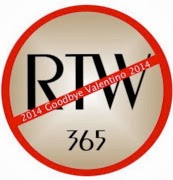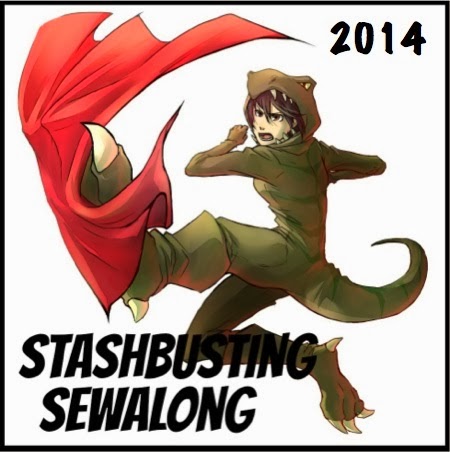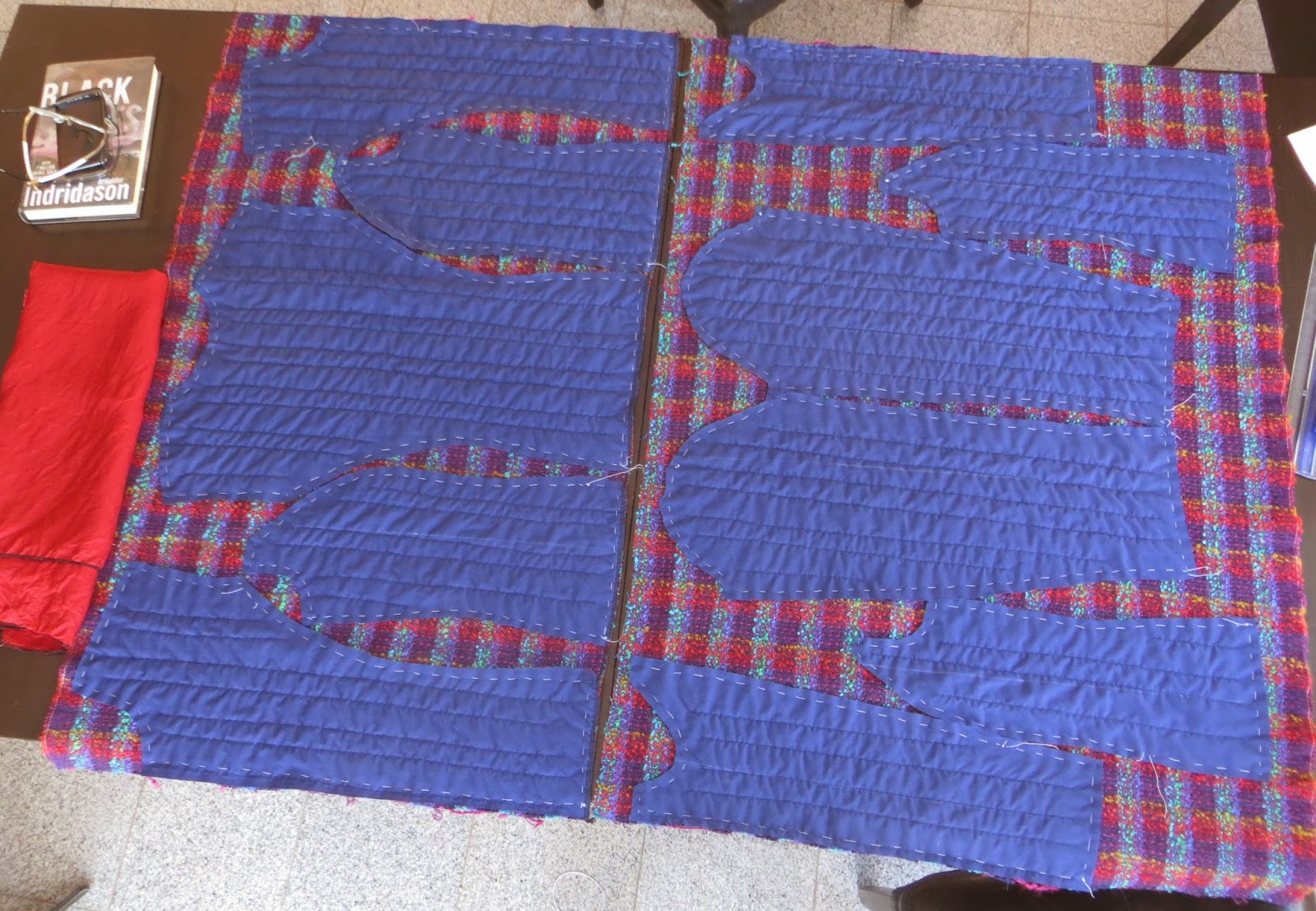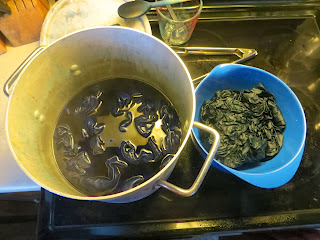That particular sewalong began in July 2009. It was terrific. We learned the classic design details and steps of construction of a Chanel jacket, and watched each other's progress in making the real thing. Though I'm yet to make one using all of the classic techniques, I made two jackets during that sew-along. The vented three-piece sleeve and the patience needed for all the extensive trim application were my biggest takeaways. And slowly-slowly, I'm edging towards the no holds barred, full blown couture techniques real deal. Soon.
Last year, Thewallina hosted a Little French Jacket Sewalong.
I didn't spot that one until it was fairly far along, so didn't have the option to join, but I still love how she had organized the main page with links to each step, as that allows me to review the techniques even now.
I also participated in the 2008 Great Coat Sew-Along, which didn't come with a badge, but sure got fantastic results from everyone there. I made a lightweight wool tartan wearable muslin that still serves me well as a throw in my ever-frigid Canadian office, an easy Burda cocoon short coat, and, my piece de resistance, a siege-of-Stalingrad-worthy greatcoat. Apart from these results, which still form the backbone of my winter wear, the most valuable takeaway of the project was the creation of a true muslin and the sew-along members' helpful comments in correcting fit. The lessons on underlining, interlining, and various approaches to lining were also terrific.
But, of course, there are many, many more sewing related community activities that I have yet to join. Just to mention one, and it's a recurring theme, is the "Sewing with a Plan", or SWAP, which makes its appearance every year and is tremendously popular. For 2014, it's an "Algebra SWAP". Why haven't I joined? Lack of time to plan a story board, and a niggling feeling that I'd be too impatient to actually complete the requisite 11 or so garments without getting distracted and in the allotted time.
So this year, I joined two groups in which one commits NOT to do things!
Sarah of GoodbyeValentino.com is hosting a Ready-to-Wear Fast: the group's members commit not to buy ready to wear clothing for the year. How easy is that?! Over the past few years I've managed to accrue quite a comprehensive sewn-by-me wardrobe, and right now can't even imagine buying anything off the rack for myself. And the fast doesn't include one's menfolk. Yea! I won't have to sew men's shirts or jeans or anything! Waaaay too easy.
Secondly, Tumbleweeds in the Wind has announced a Stashbusting Sewalong. Definitely in! My "stashbusting lite" commitment pledge says: I commit to sewing from my stash first, and if fabric purchase is unavoidable in order to complete a project, to using at least two lengths of fabric from stash for every length I purchase. Notions and linings not included, as I don't stash any of those. Sneaky, eh? I didn't actually commit not to buy any fabric - just to sew twice as fast as I buy, so by year's end I'll have less fabric than right now. Whereas the RTWF commitment is easy, not buying fabric will be hard. Very, very hard. I know there's always more fabric, but the fabrics out there are so wonderful, they're nigh impossible to resist.
So, to bust the stash I must sew: and I better get at it!











































